As reviewers we analyze lenses and try to learn about every major and minor aspect of their performance. With experience you start to notice how lens designers trade certain qualities for others. Some manufacturers for example prioritize image quality with little regard for size and weight while others trade a little bit of optical perfection for much better portability. The Voigtlander 1.2/40 is a great example for this, and because of this it is my most used lens at the moment. Laowa’s 2/15 is another good example. We usually only see the end result but know little to nothing about the process of how a lens was developed. So we jumped at the chance of learning to know Mr. Li in person at Photokina and ask him a few questions. Read our first interview with Mr. Li to learn more about his background and the development of the 2/15.
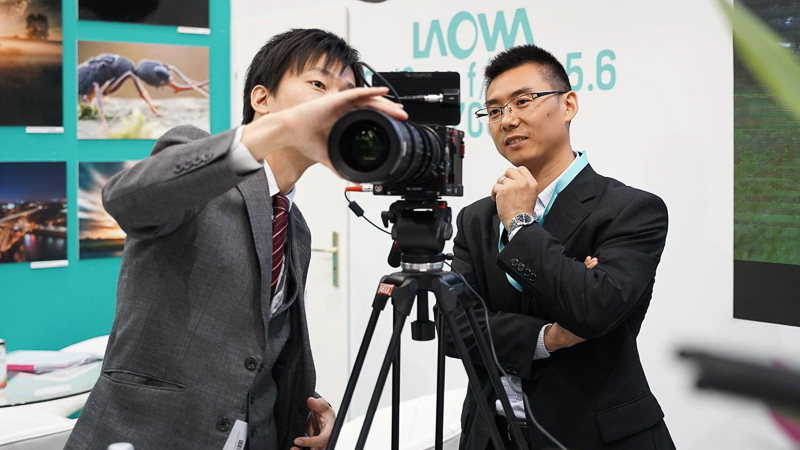
Phillip: it’s been nearly a year since our last interview. What have you been up to since then?
Mr. Li: We received great feedback and people are happy with our lenses, so we want to build more lenses that photographers will enjoy.
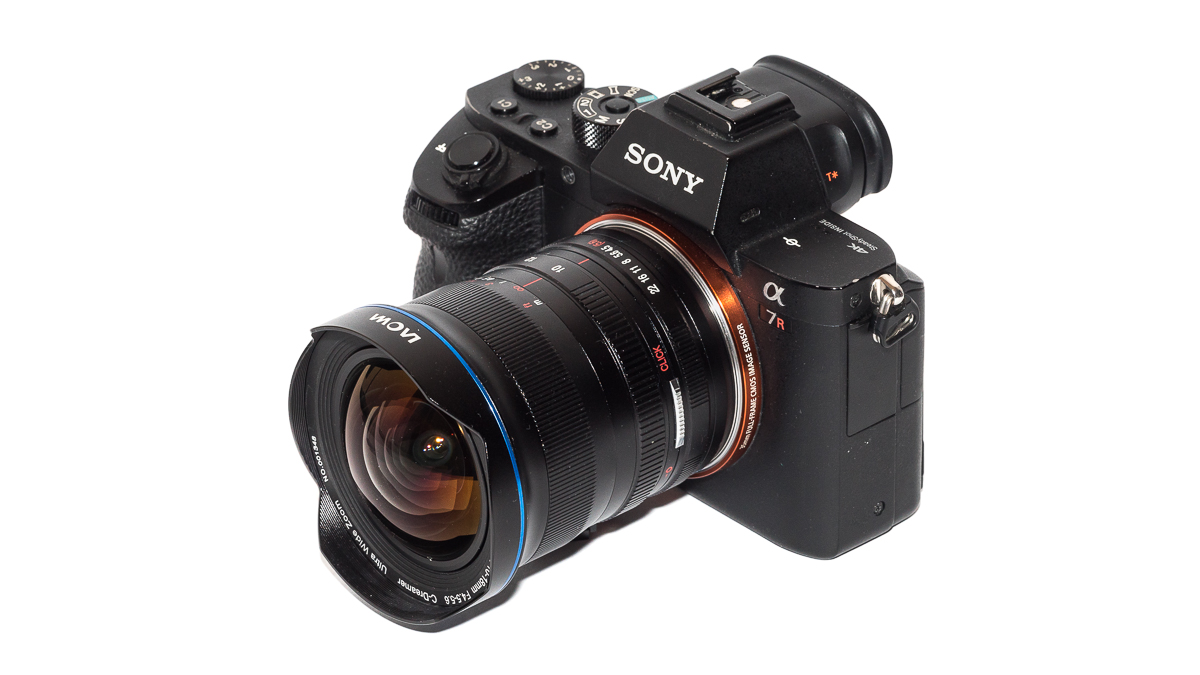
P: On the table we have your new 10-18mm lens. I would like to learn more about it’s design process.
Mr. Li: Many manufacturers for mirrorless make super big lenses while the cameras are super small. We heard from many photographers that they would like to use smaller lenses, so we want to fill in this gap.
But in order to reduce the size of our lenses we had to go for different optical designs and there was some kind of an optics breakthrough necessary first, in order to be able to realize this very compact wide angle zoom lens.
P: What kind of optics breakthrough?
Mr. Li: We took advantage of the short flange distance of the mirrorless and all the possibilities this opens up.
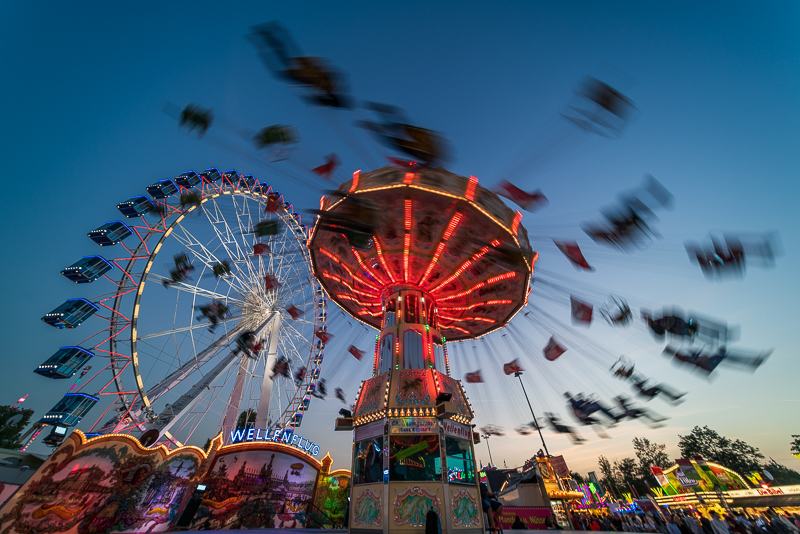
P: What were your design priorities?
Mr. Li: For this lens the main priorities were small size, portability, a focal length of 10mm at the wide end and satisfactory optics performance.
P: Which trade-offs did you have to accept to make it small and wide?
Mr. Li: We normally make Zero-D lenses. To meet our design goals we had to accept some distortion. The amount of distortion is still comparable to that of wideangle zoomlenses from other manufacturers though.
There is no perfect lens. We have to consider what the critical dimensions are and make sure that the trade-offs are not too high. It’s all about balance.
P: How about sunstars? I think Bastian bothered you quite a bit about them. And from the samples I have seen you realized very well defined sunstars.
Bastian: I did.
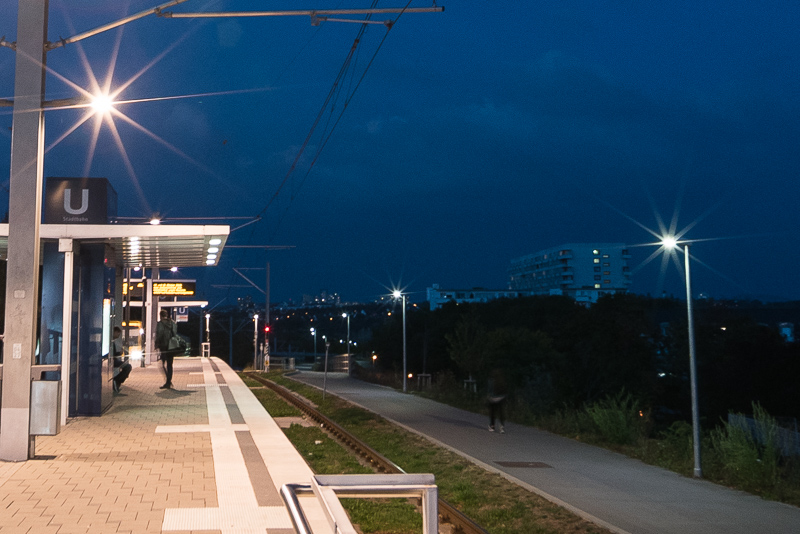
Mr. Li: Because we are a small company our philosophy is to listen to what photographers need. As long as we can technically make it happen we will make it happen. We want photographers to have fun with our lenses so we decided to do it.
P: Any chance to see them in the Laowa 2/15?
Mr. Li: We are looking at it. Actually many adjustments to the mechanical design of the lens are necessary.
P: You already talked about some of the advantages of being a small company. Like you can react really fast and actually listen to customers. What are the disadvantages of being a small company?
Mr. Li: Our main problem right now is that we have a lot of production capacity issues. We don’t have capacity to produce lenses as fast as we would like to. We want to be faster in getting our lenses to the customer.
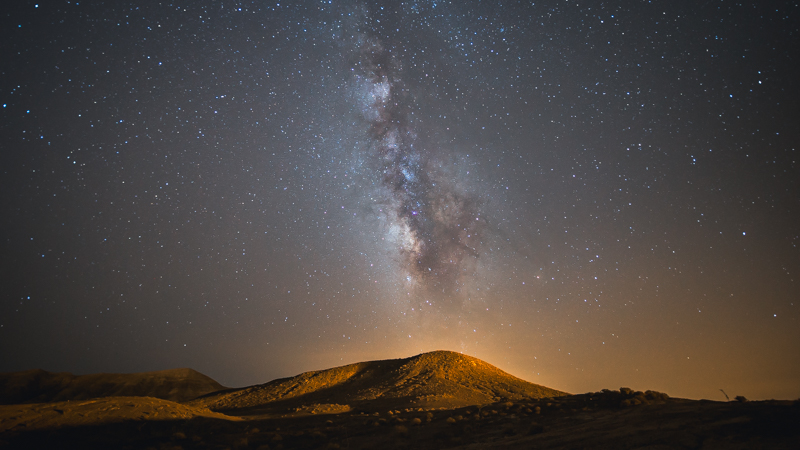
P: Are there advantages we haven’t talked about yet?
Mr. Li: If we want to make a certain lens we can decide on doing it really fast. We don’t need to go through a long process and lengthy discussions.
P: I would like to learn more about the future of your company. How about electronic contacts?
Mr. Li: (chuckles) We have heard many customers asking for this. We are aware. Last time I told you about where the name Laowa came from, the old frog sitting in the well and looking to the sky. So we really know about optics, but we need people who are good at electronics and mechanical design, too, to realize our dream. There is a process which will take some time but we will get there. Our new 2.8/100 2:1 Macro has an electronic diaphragm (Canon EF mount) so you can control the aperture with the camera. This was the first step.
P: Talking about that 2:1 magnification 100mm macro lens: Every manufacturer has a 2.8/100mm 1:1 macro. Now yours offers twice life size. What challenges did this come with?
Mr. Li: The challenge with designing a 2:1 macro lens is the focus movement of the lens, which is huge. So it is very difficult to make the lens small. We kind of twisted the whole macro lens design philosophy to make it happen. We can’t get more into the details here, it is classified.
P: Where would you like to be as a company in 3 years?
Mr. Li: We hope to, based on our foundation that we have made with manual lenses, to proceed to manufacturing AF lenses.
P: Thanks a lot for your time. Do you have anything else to add?
Mr. Li: Some people may think that some of our lenses are kind of strange, but actually these aren’t ideas from us, these are ideas from photographers. We are hoping to be a company that listens to photographers and builds lenses for photographers to enjoy instead of just building lenses to compete with other manufacturers.
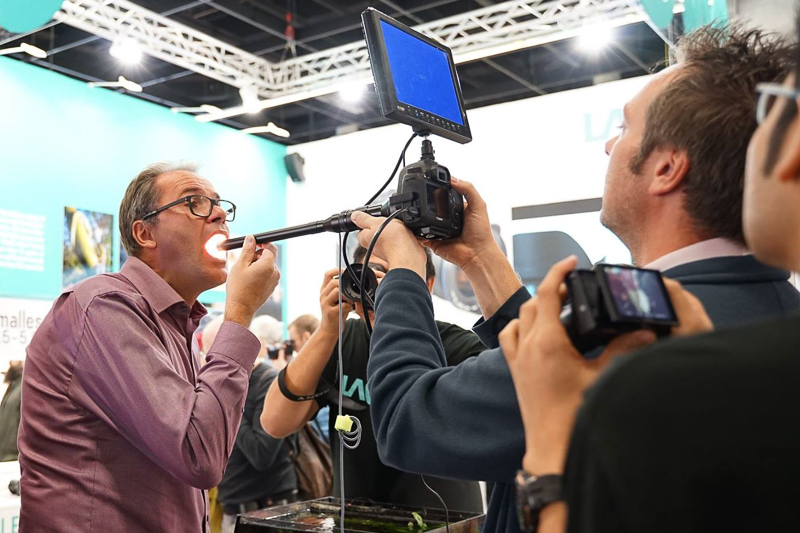
Like the 2:1 macro. The reason we built that is that many people have to use their normal macro lenses with an extension tube to get to this magnification. This decreases optical performance and isn’t convenient at all to use.
Another example are our wideangle lenses. Most available lenses are big, not easy to carry around. We tried to make them smaller, make it possible to use screw-in filters.
All these are ideas actually coming from photographers.
P: I can only agree. We just saw the new Canon 1.2/50 which weights almost a kilo. It’s huge.
Mr. Li: Our objective is not to be like other companies. We don’t want to be the number one in terms of sales numbers or mtf comparisons, we want to be the photographers’s favorite company.
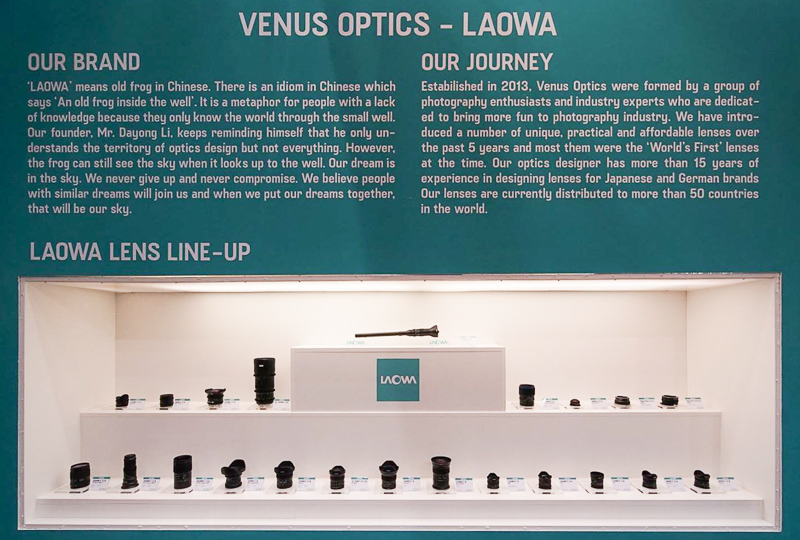
Further Reading
- Guide to FE lenses for the A7 series
- Interview: The man behind the Lens: Mr. Li (Laowa 15mm 2.0)
- Review: Laowa 10-18mm 4.5-5.6 FE
- Review: Laowa 12mm 2.8 Zero-D
- Review: Laowa 15mm 2.0 Zero-D FE
- Review: Laowa Magic Shift Converter (17mm 4.0 Shift)
- Review: Laowa 105mm 2.0 STF
This site contains affiliate links. If you make a purchase using any of the links marked as affiliate links, I may receive a small commission at no additional cost to you. This helps support the creation of future content.
Latest posts by Phillip Reeve (see all)
- Review: Samyang AF 75/1.8 FE - April 12, 2021
- The FE-List now has 113 lenses on it - March 25, 2021
- 2020 – Year’s end review - December 28, 2020
glad to hear that their goal is to push for electronics in new models,while UWA/macro with exif data can be enough, as their lens catalog gets bigger AF lenses will be needed
and hopefuly they can make a mark II model of those lenses with exif data and/or make conversion kits for older lenses
He reminds me of the Sigma boss Yamaki san, A very nice interview. Thank you.
Really like their philosophy of making unusual lenses. But no exif at least is a BIG drawback and areason why I don’t have any laowa lens yet. The sooner they adpot af in lenses the better for company.